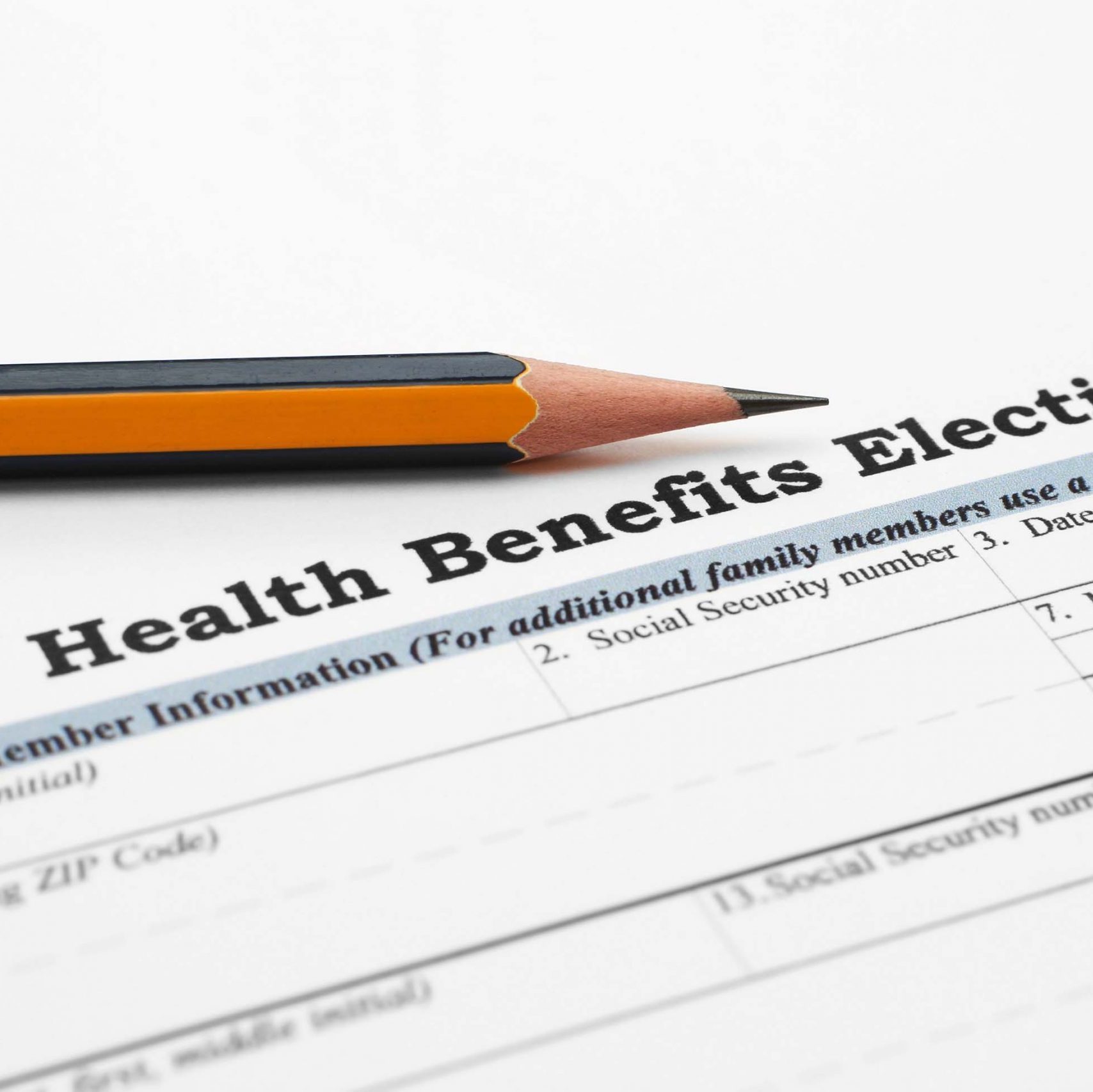Attract & Retain the Best Talent for your Business
Cut costs without cutting corners with a tailored Employee Benefits package that makes sense for your employees and your business.

Private Employee Investment Plans
Simple, low-cost 401(k) plans & retirement plans that benefit both you as an employer AND your employees.

Public Employee Investment Plans
After a lifetime of service, public employees have unique options to maximize their retirement savings.

Self-employed Investment Plans
Invest in your own future while growing your business with investment options that provide a wide range of tax benefits.
Private Employee Investment Plans
Offering a retirement plan keeps your business competitive for top talent. Help your employees jump-start their savings while you benefit from substantial tax breaks.
401(k) Plans
A 401k allows payroll deferrals up to $19,500 per year with up to $6,500 additional for those contributors at least 50 years old. It also allows a match by the employer of 6% of their salary with certain limitations. A 401(k) plan is beneficial for investors who prefer a safe investment strategy with maximum long-term growth.
A Solo-401k, however, is only available for one-person corporations (C or S). It is also available for spouses who are co-owners of a C or S corp. The contribution levels are the same as the regular 401k and it allows a match by the employer of 25% of their salary. Once another employee is hired (besides a spouse) the Solo 401k may no longer accept contributions however you may transfer the Solo 401k to a Simple IRA for current contributions.
We’ll help you attract great employees
Public Employee Investment Plans
Offering a retirement plan keeps your business competitive for top talent. Help your employees jump-start their savings while you benefit from substantial tax breaks.
403(b) Plans
A 403b (also known as a TSA, annuity or a tax sheltered account)) is similar to a 401k. With a 403b plan educators, hospital workers, & certain other government employees can deposit a portion of their salary, pre-tax, into a fixed annuity or index annuity to help future retirement.
The IRS allows these same pre-tax deposits to be invested into mutual funds or a variable annuity. However, direct investments to mutual funds rather than annuities may be preferable, depending on your risk level and overall goals.
Funds deposited into TSA’s help reduce your income before taxes, similar to cafeteria plans. There is a maximum amount which can be deposited annually (per calendar year), subject to the tax law changes. These contributions may be higher in cases where you have been at the same district for more than 15 years and/or are over 50 years of age.
403b’s (TSA’s) allow withdrawals but if funds are withdrawn prior to age 59½ or retirement (whichever is sooner, there are 10% IRS penalties and the withdrawal always becomes taxable income. However, loan provisions are sometimes available.
Self-employed Investment Plans
As a self-employed contractor or business owner, your retirement is entirely up to you. Whether you plan to retire soon or you need a long-term plan, we can help you meet your savings goals.
Traditional & Roth IRA’s
A traditional IRA is for individuals who do not have a 401k. In 2016/2017 an individual can take a tax deduction for an IRA from regular income for $6,500.00 ($7,500.00, if over 50 years old). A spouse of a worker who isn’t working may set-up a spousal IRA for the same limits at any time during the year.
Roth-IRA’s are a new way of saving tax-free or can be a conversion from an IRA once you pay the taxes on an IRA. To get the tax-free savings on the earnings, you must not take the money out before 59 ½ and must also leave the money in the fund for 5 years.
Annual Contribution Limits
$14,000
*Based on 2022 information from IRS.gov.
The best coverage from the nations largest provider.
Offer your employees a full range of benefits & rewards.
Improve employee retention by offering them a full range of benefits including comprehensive medical, vision, dental, & ancillary coverages from United Healthcare, one of the nations largest networks. With dozens of plans to choose from, your employees can pick the coverage that fits their needs.
Our benefits specialists will help you choose the insurance plans the meet your business needs while benefiting your employees.




